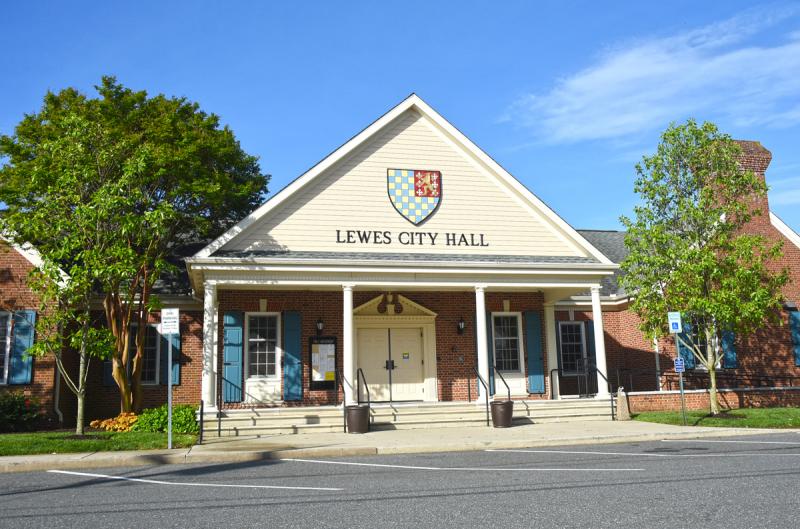Lewes Mayor and City Council has withdrawn a controversial ordinance that would have affected the building height and roof pitch of many homes on Lewes Beach.
The decision to scrap it came after residents spoke vociferously about how the potential changes could impact their homes.
The proposed ordinance covered code clarifications, responsibilities of the city planner and building official, driveway access, building height exceptions and building height in general.
One of the more impactful pieces of the proposed changes was a requirement that homes within the R-3 residential beach zone have a roof pitch of 5 inches of vertical rise for every 12 inches of horizontal run if they are located in a flood-prone area.
The ordinance had also aimed to clarify what is allowed to exceed the maximum building height anywhere in the city. The changes would have eliminated elevators and tanks as exceptions. Additionally, rooftop decks and associated railing systems would no longer have been permitted to exceed the maximum building height if the ordinance had passed.
Another aspect that caught the attention of residents was a requirement that each residential property be limited to one driveway access.
There were questions as to where the ordinance originated, so in making the motion to withdraw the ordinance, Councilman Khalil Saliba said any piece of the ordinance must have the support of at least two members to be brought back for consideration.
Council decided to consider two non-controversial parts of the ordinance at next month’s meeting. The first relates to eliminating references to the commercial architectural review commission and historic preservation commission, since they became outdated with the creation of the historic preservation architectural review commission. The other clarifies in city code the responsibilities of the city planner and the building official, which had not been updated since the addition of a planner to city staff.
Substantial improvement
Also criticized during the Oct. 26 public hearing was the city’s policy that a home may not be improved or repaired for more than 50 percent of its value during any 10-year period unless the home is brought into compliance with all new rules and regulations.
At council’s Nov. 8 meeting, Deputy Mayor Andrew Williams said he’s been contacted by many residents who believe the 10-year window is onerous.
“It’s potentially something that is well intentioned but may be bringing some effects that are not necessarily positive with respect to your ability to maintain your home,” he said.
City Manager Ann Marie Townshend said the city likely arrived at the 10-year number when it was developing floodplain regulations in 2006. She said it was a recommendation of the mitigation planning team at that time, but she had not yet had time to review the minutes to determine why the group picked 10 years as the appropriate number.
After some discussion, Williams made a motion to direct city staff and the city solicitor to develop an ordinance to change the language in city code related to substantial improvement and substantial damage from 10 years to a single year.

















































